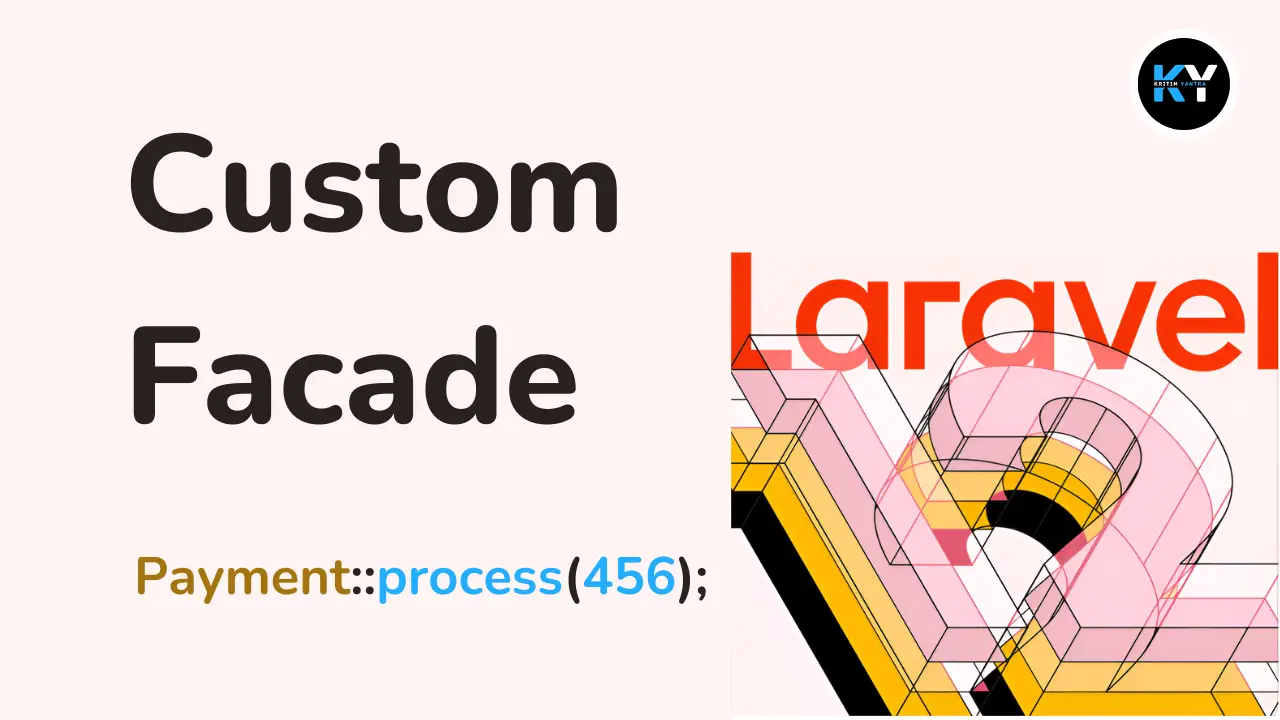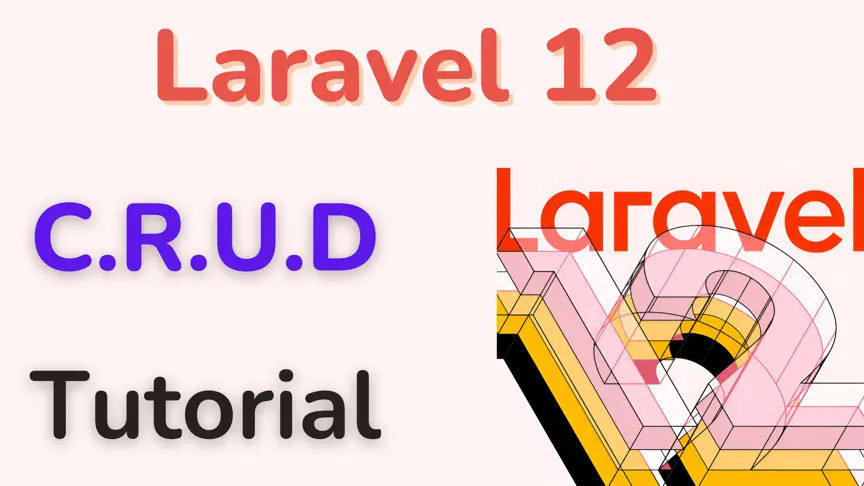Understanding Facades in Laravel 12: How to Create Custom Facades

Kritim Yantra
Mar 16, 2025

Imagine you're using a remote control to change the channel on your TV. You press a button, and the TV responds—without needing to understand the wires and signals behind the scenes. In Laravel, facades work similarly: they offer a simple, memorable syntax to access services within your application, such as caching, database queries, or logging.
Facades give your code a "static-like" appearance (e.g., Cache::get('key')), but they are actually shortcuts to objects managed by Laravel’s service container.
The Service Container: A Quick Overview
Think of the service container as a big organizer box that holds all the tools your application needs—like a caching system or a database connection. Instead of manually creating these objects, the container creates and injects them automatically. Facades are the handles on that box, allowing you to grab those tools with simple calls.
For example, instead of writing:
<?php
$cache = app('cache');
$value = $cache->get('key');
You can simply write:
<?php
use Illuminate\Support\Facades\Cache;
$value = Cache::get('key');
This results in cleaner, more readable code.
How Do Facades Work?
Let’s break it down step-by-step:
- The Service Container Holds the Tools: All important classes (services) are registered in the container. For instance, the cache service might be configured to use Redis or Memcached.
-
Facades Act as Shortcuts:
When you call a method like
Cache::get('key'), Laravel 12 retrieves the actual cache instance from the container and calls the method on that object. -
The Magic Behind the Scenes:
Facades use PHP’s
__callStaticmethod to intercept calls and forward them to the underlying object.
Examples of Using Facades
Laravel provides many built-in facades. Here are a few common examples:
1. Cache Facade
<?php
use Illuminate\Support\Facades\Cache;
// Store a value in the cache for 60 minutes
Cache::put('user_id', '123', 60);
// Retrieve the value later
$userId = Cache::get('user_id');
2. DB Facade
<?php
use Illuminate\Support\Facades\DB;
// Retrieve all active users from the 'users' table
$users = DB::table('users')->where('active', 1)->get();
3. Log Facade
<?php
use Illuminate\Support\Facades\Log;
// Write a log message
Log::info('User logged in successfully');
Log::error('Something went wrong!');
4. Auth Facade
<?php
use Illuminate\Support\Facades\Auth;
if (Auth::check()) {
$user = Auth::user();
echo "Welcome, " . $user->name;
}
Creating Your Own Custom Facade
What if you have your own service—like a payment processor—and want to make it as simple to use as the built-in facades? You can create your own custom facade.
Step 1: Create Your Service
<?php
namespace App\Services;
class PaymentService
{
public function process($order)
{
// Process the payment for the given order
return "Processed order #$order successfully!";
}
}
Step 2: Create the Facade Class
<?php
namespace App\Facades;
use Illuminate\Support\Facades\Facade;
class Payment extends Facade
{
protected static function getFacadeAccessor()
{
return 'payment_service'; // The binding name in the container
}
}
Step 3: Register the Service
<?php
namespace App\Providers;
use Illuminate\Support\ServiceProvider;
use App\Services\PaymentService;
class AppServiceProvider extends ServiceProvider
{
public function register()
{
$this->app->singleton('payment_service', function ($app) {
return new PaymentService();
});
}
}Step 4: Use Your Facade
<?php
use App\Facades\Payment;
$result = Payment::process(456);
echo $result; // Outputs: "Processed order #456 successfully!"
Pros and Cons of Facades
Pros:
- Simple and readable syntax, e.g.,
Cache::get('key'). - Less boilerplate – no need to manually retrieve services from the container.
- Consistent with Laravel's built-in features.
Cons:
- They can hide implementation details, making debugging more challenging.
- Testing might require extra steps to mock the underlying objects.
- Some developers may mistakenly treat facades as static classes.
Conclusion: When to Use Facades
Facades in Laravel 12 offer a convenient, expressive syntax for interacting with services such as caching, logging, and authentication. They provide the simplicity of static method calls while leveraging the power of Laravel’s service container.
If you prefer to see all dependencies injected into your classes, you might opt for dependency injection over facades. However, facades are great for rapid development and keeping your code clean.
I hope this guide has clarified what facades are and how to use them effectively in your Laravel 12 applications. Happy coding!
Comments
No comments yet. Be the first to comment!
Please log in to post a comment:
Sign in with GoogleRelated Posts
 Kritim Yantra
Kritim Yantra

